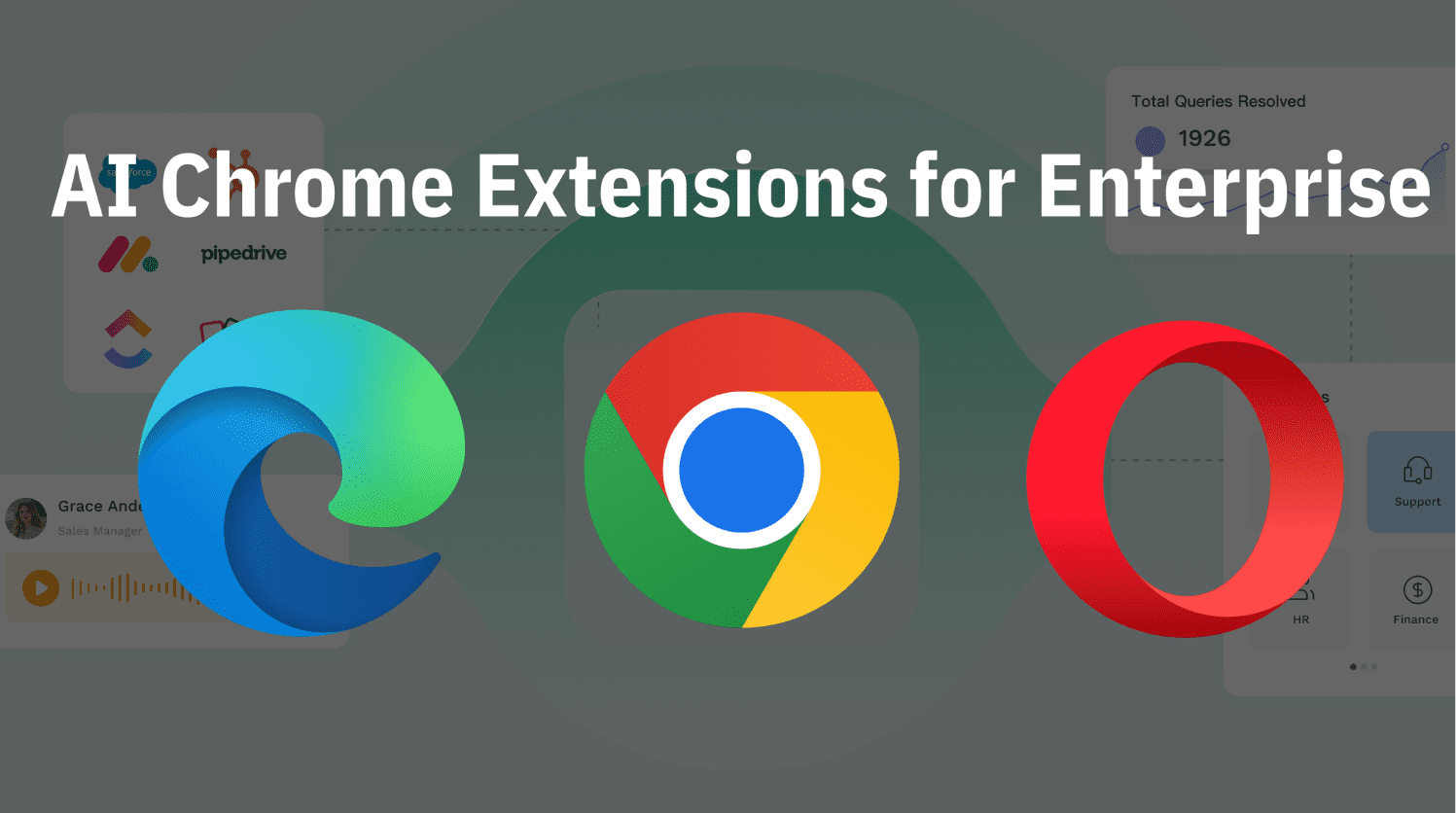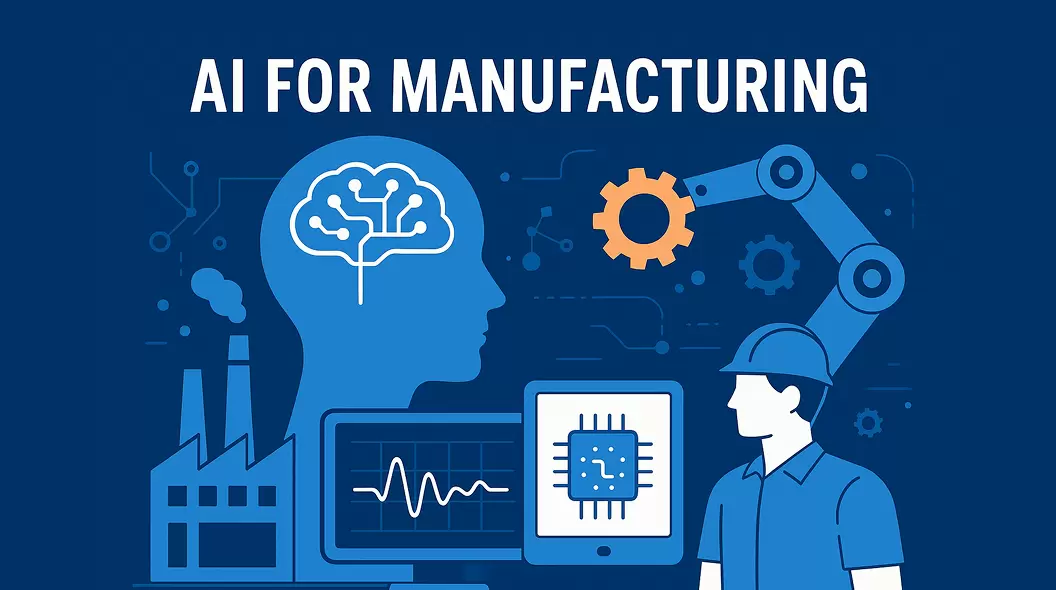Agentic workflows are AI systems where autonomous "agents" handle tasks, make decisions, and collaborate to achieve business goals. They perform tasks without human oversight. Some of the agentic workflows examples we see today include AI-driven customer support automation, e-commerce sales recovery, healthcare appointment scheduling, data analysis reporting, and IT helpdesk management. All these show how intelligent agents handle multi-step processes for greater efficiency.
What separates agentic automation from traditional automation is the real-time adaptation and the intelligent use of memory and reasoning. In this guide, we will demystify the concept of agentic workflows, covering its definition, examples, implementation strategies, best tools, and more.
What Are Agentic Workflows? (Definition & Key Components)
We know that agentic workflows are shifting automation from scripts to intelligent and goal-oriented AI teams, but let's understand their technical core.
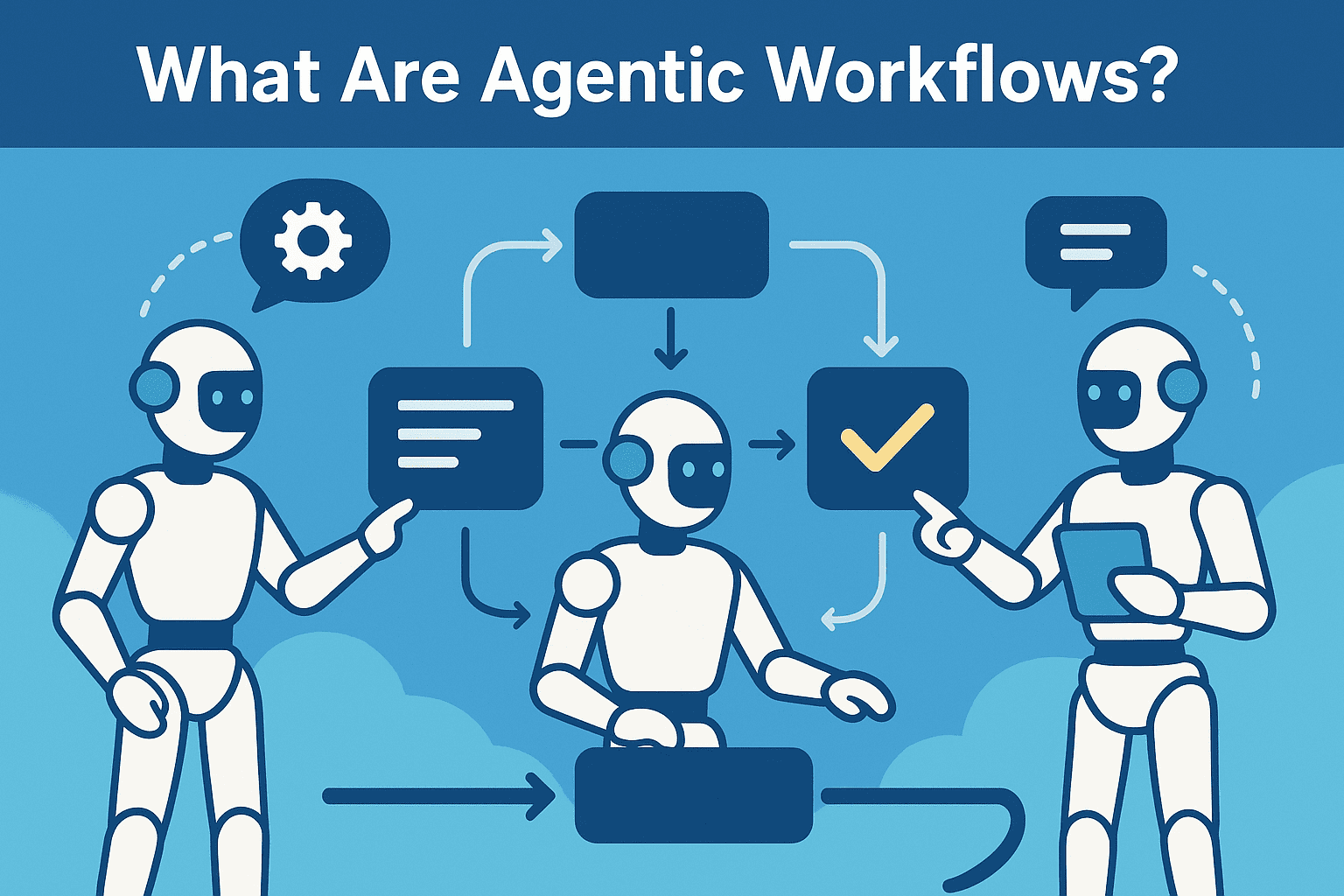
Agentic AI workflows are self-directed AI agents that perceive environments, make decisions, and act without human intervention.
Think of them as an assembly line, but replace human workers with specialized AI workers. Each agent has a specific role, can perceive its environment, make decisions based on that information, and take action. They communicate with each other and keep passing tasks until the goal is achieved.
Key Components of Agentic Workflows
- Autonomy: Agents can make context-aware decisions without asking for permission at every step. For example, an AI can decide to escalate a support ticket to a human based on sentiment analysis.
- Collaboration: Multiple agents work in concert. One agent might handle data retrieval, another analysis, and a third communication.
- Goal-Oriented: The entire system focuses on achieving a specific business outcome, such as resolving a customer issue or converting a lead.
The formula is simple: AI Agents + Workflow Automation = Agentic Workflows.
A standard automated workflow might move a ticket from "Open" to "In Progress". However, an agentic workflow would have one AI agent classify the ticket, another generate a draft response using your knowledge base, and a third decide whether to send that response or flag it for human review. All this is executed without a single click from your team.
8 AI-Driven Agentic Workflows Examples
Businesses across industries are already applying agentic workflows to automate different tasks. Let's now look at the top eight agentic AI workflows examples:
1. SaaS Customer Support
- Problem: Support teams face huge ticket volumes as user bases grow. Basic categorization or FAQs aren't enough to prevent backlogs.
-
Agentic Workflow Solution:
a. AI classifies tickets by using NLP to understand intent.
b. Looks up answers in a knowledge base.
c. Auto-generates responses or escalates complex issues to a human agent with context.
- Outcome: 70% faster resolution with increased team capability in handling more issues.
In fact, AI can deflect 80% of support tickets by automating routine queries and cut costs by 23.5%.
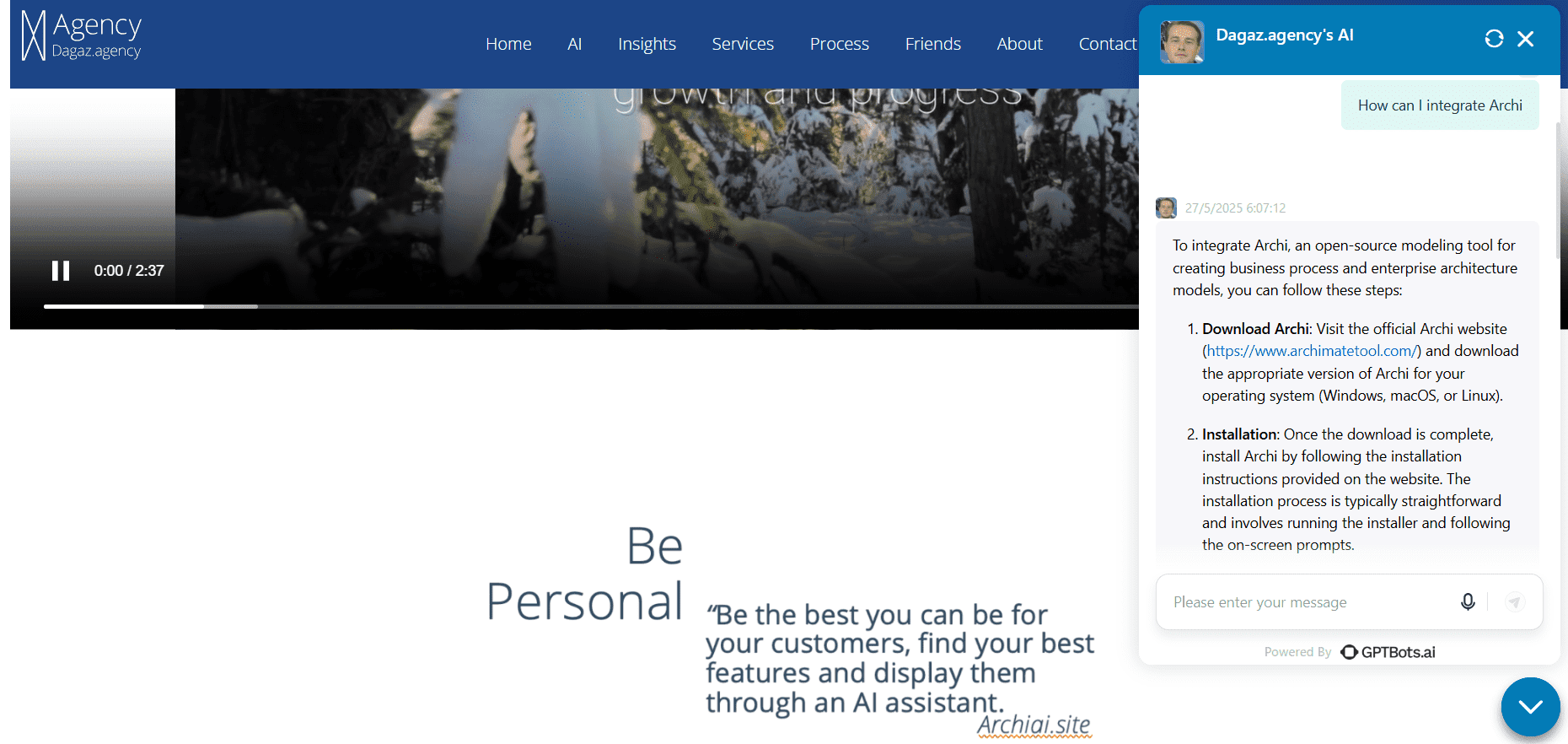
2. Company Info Extraction for All Teams
- Problem: Sales and research teams waste hours manually gathering company data from websites for competitive intelligence, supplier evaluations, new partner identification, and more.
-
Agentic Workflow Solution:
a. AI agents automatically crawl target websites.
b. Extract key business details (industry, size, location, contact info).
Update CRM systems in real time.
- Outcome: Saves 15+ hours weekly per rep, improves data accuracy by 40%, and enables faster prospect qualification.
A B2B SaaS startup used GPTBots' pre-designed Company Info Extraction workflow to analyze their competitor websites and got structured data in JSON format.
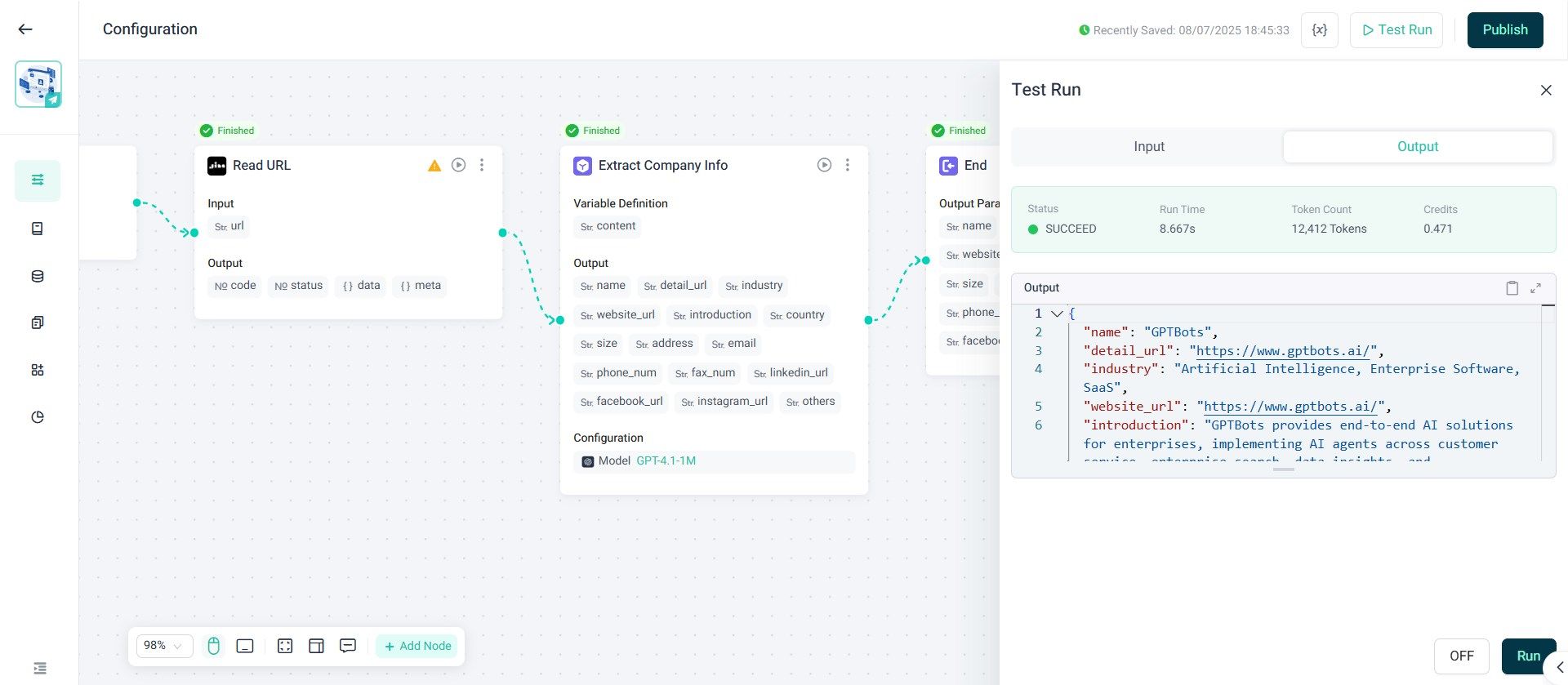
3. Landing Page Analysis
- Problem: Marketing teams struggle to identify why landing pages underperform and rely heavily on manual A/B testing.
-
Agentic Workflow Solution:
-
a. AI agents analyze landing page data.
-
b. Generate improvement suggestions.
-
c. Create A/B test variants automatically.
-
- Outcome: Conversion rates improve by 25% and analytics turnaround drops from 2 weeks to 2 days.
A SaaS growth agency used GPTBots' Landing Page Analysis workflow to optimize landing pages continuously. As a result, they increased demo signups by 30%.
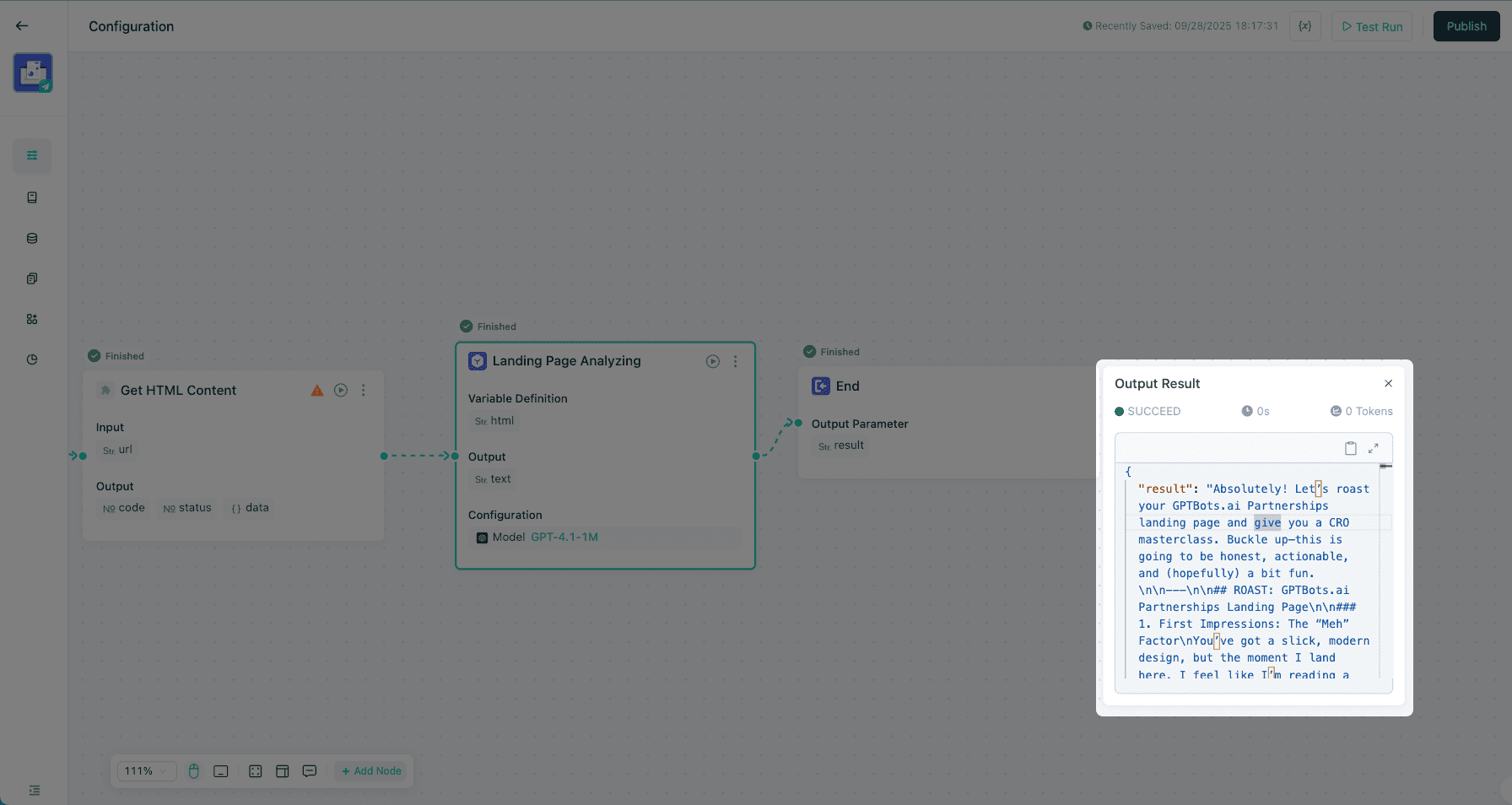
4. E-Commerce Sales Funnel
- Problem: Online retailers face one common issue, i.e., ~70% of shopping carts get abandoned. This leads to significant revenue loss.
-
Agentic Solution:
-
a. AI detects when a cart is abandoned and initiates a personalized follow-up message via email or WhatsApp.
-
b. It offers time-sensitive discounts or reminders to encourage checkout completion.
-
c. The agent updates the CRM if the customer completes the purchase or schedules another follow-up if not.
-
- Outcome: Businesses recover up to 15% of lost sales and improve conversion rates.
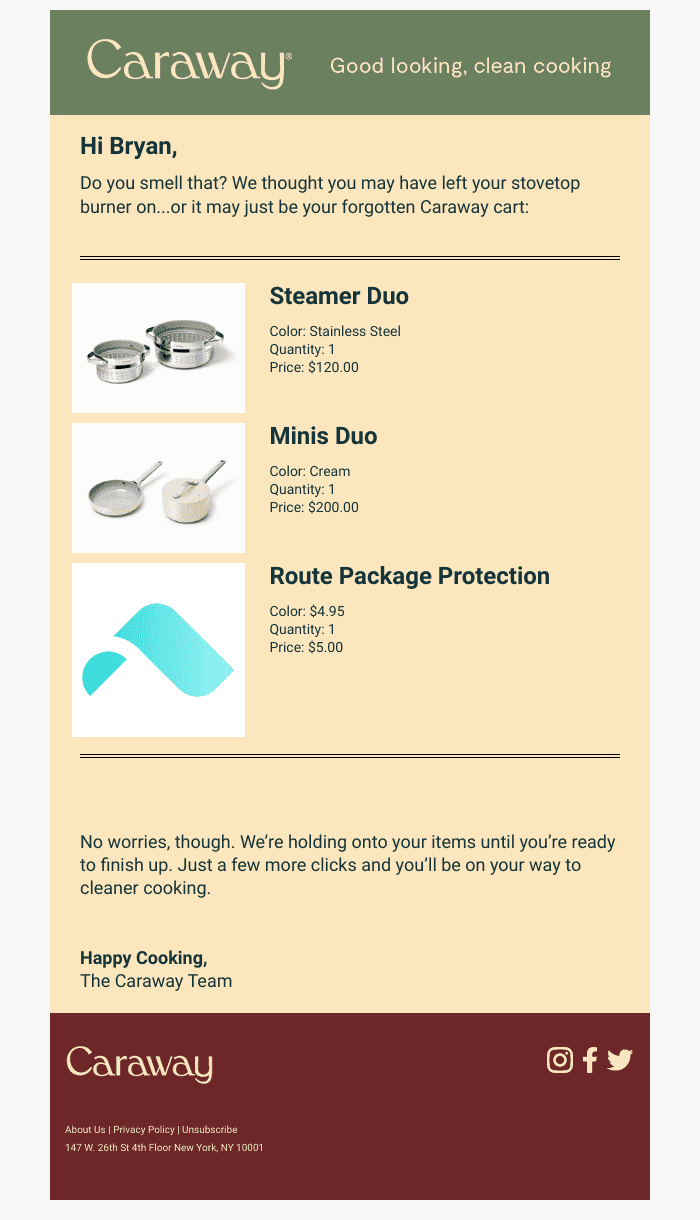
5. Bizcard Generation for Sales & Marketing Teams
- Problem: Creating consistent and professional digital business cards across teams takes time and manual coordination.
-
Agentic Workflow Solution:
-
AI agents pull verified employee data (name, title, contact info) from HR or CRM systems, design branded digital cards, and distribute them automatically.
-
- Outcome: Saves 90% of manual design time, ensures brand consistency, and enables easy sharing via QR or email signature.
A marketing firm used GPTBots' Bizcard Generator to instantly generate personalized cards for 300+ employees before a trade show.
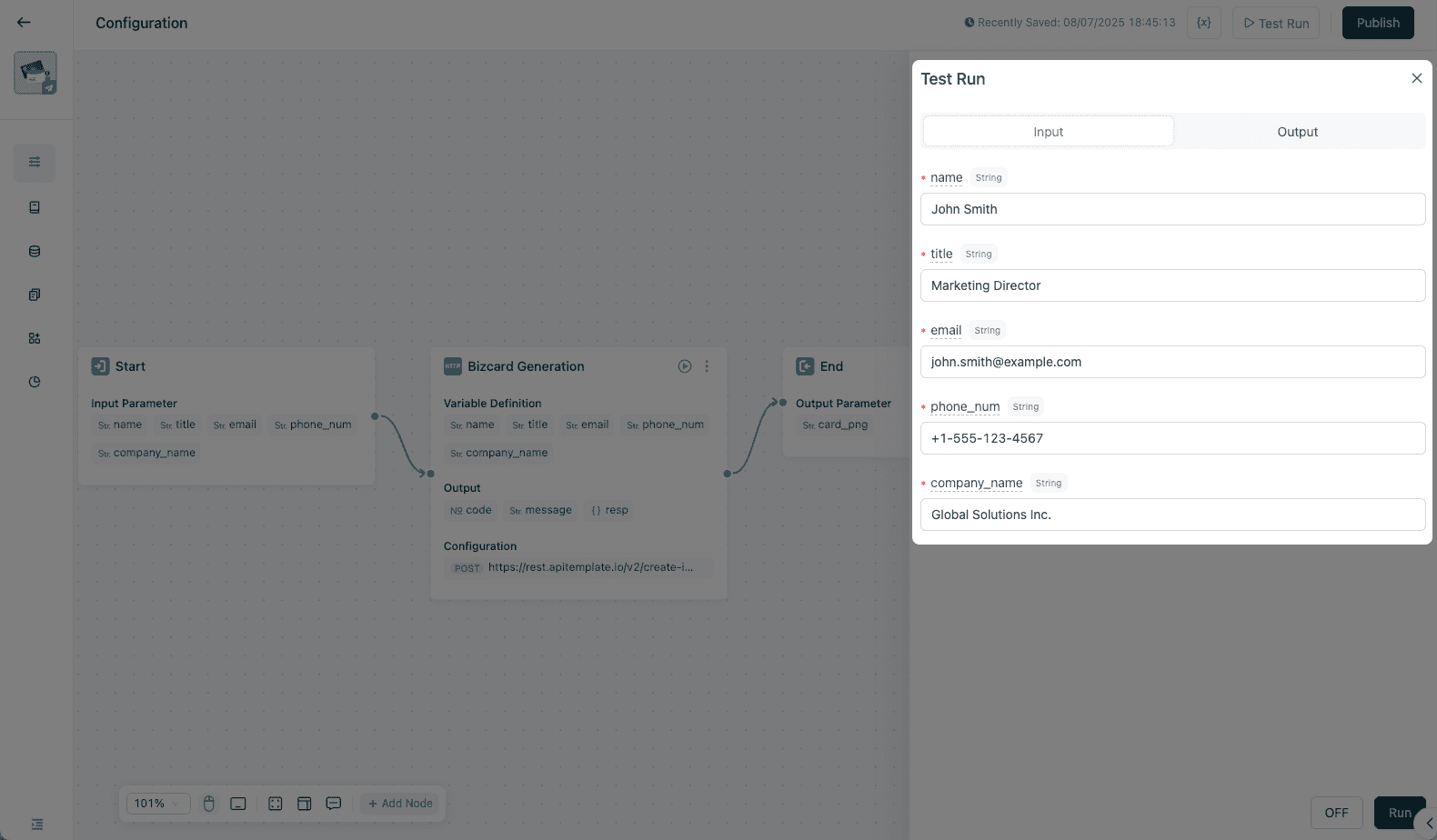
6. Recruiting Pipeline
- Problem: HR teams waste time manually screening hundreds of resumes and scheduling interviews.
-
Agentic Solution:
-
a. AI parses incoming resumes and ranks candidates based on job criteria.
-
b. It schedules interviews with top candidates and sends rejection emails to unqualified applicants.
-
c. The agent keeps the HR system updated and alerts recruiters to exceptional profiles.
-
- Outcome: Screening time cuts by 80% and candidate quality improves by 20%.
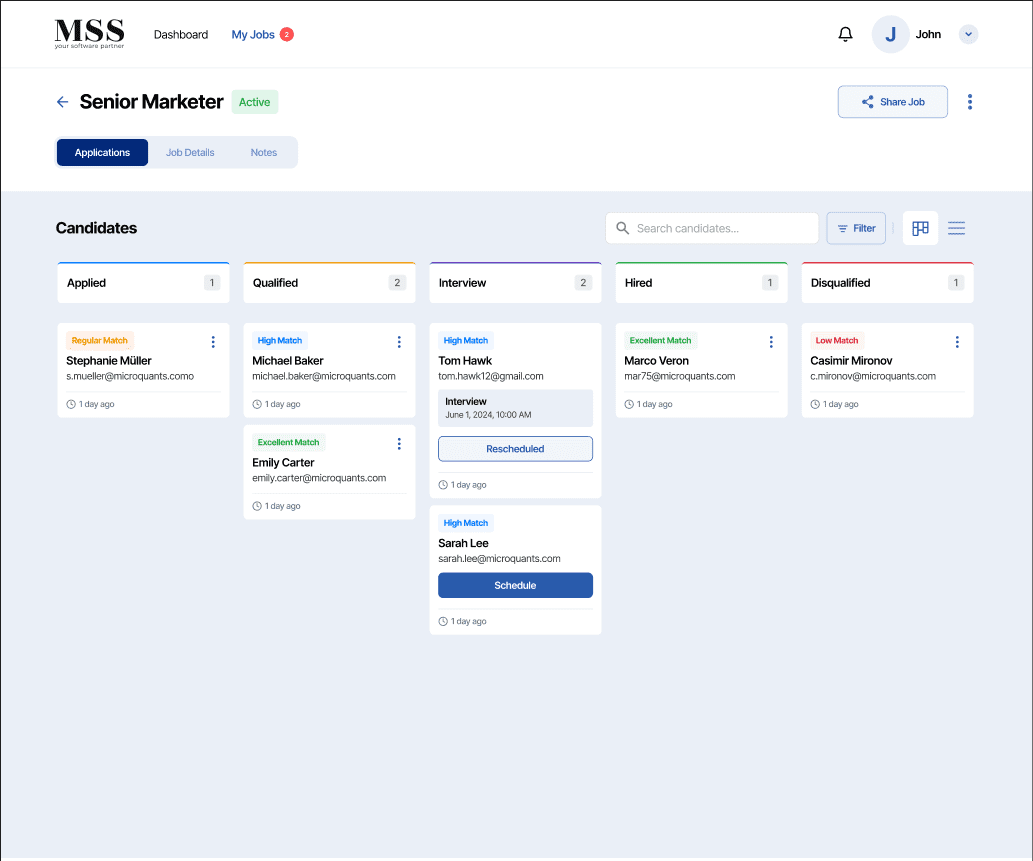
7. Invoice Processing
- Problem: Manual invoice creation, tracking, and reconciliation consume finance team resources and cause errors.
-
Agentic Workflow Solution:
-
a. AI reads invoice PDFs or emails.
-
b. xtracts key details (vendor, amount, due date).
-
c. Matches them with purchase orders.
-
d. Updates ERP or accounting systems.
-
- Outcome: 70% faster processing, 0 missed payments, and reduced manual workload.

One of the best agentic workflows examples here is a software services company that adopted GPTBots' recordInvoice workflow, which extracts data from PDFs, verifies accuracy, syncs data in Google Sheets, sends email notifications, and more. As a result, the company cut invoice handling time from 3 days to 4 hours.
8. Financial Fraud Detection
- Problem: Financial institutions face increasing cases of fraudulent transactions that often go undetected until after the damage is done.
-
Agentic Solution:
-
a. AI monitors real-time transaction data for unusual spending patterns.
-
b. When anomalies are detected, agents cross-check historical data, verify user identity, and flag or block suspicious transactions.
-
c. The system alerts human analysts only when manual review is required.
-
- Outcome: Reduces false positives by 40% and fraud-related losses by 30%.
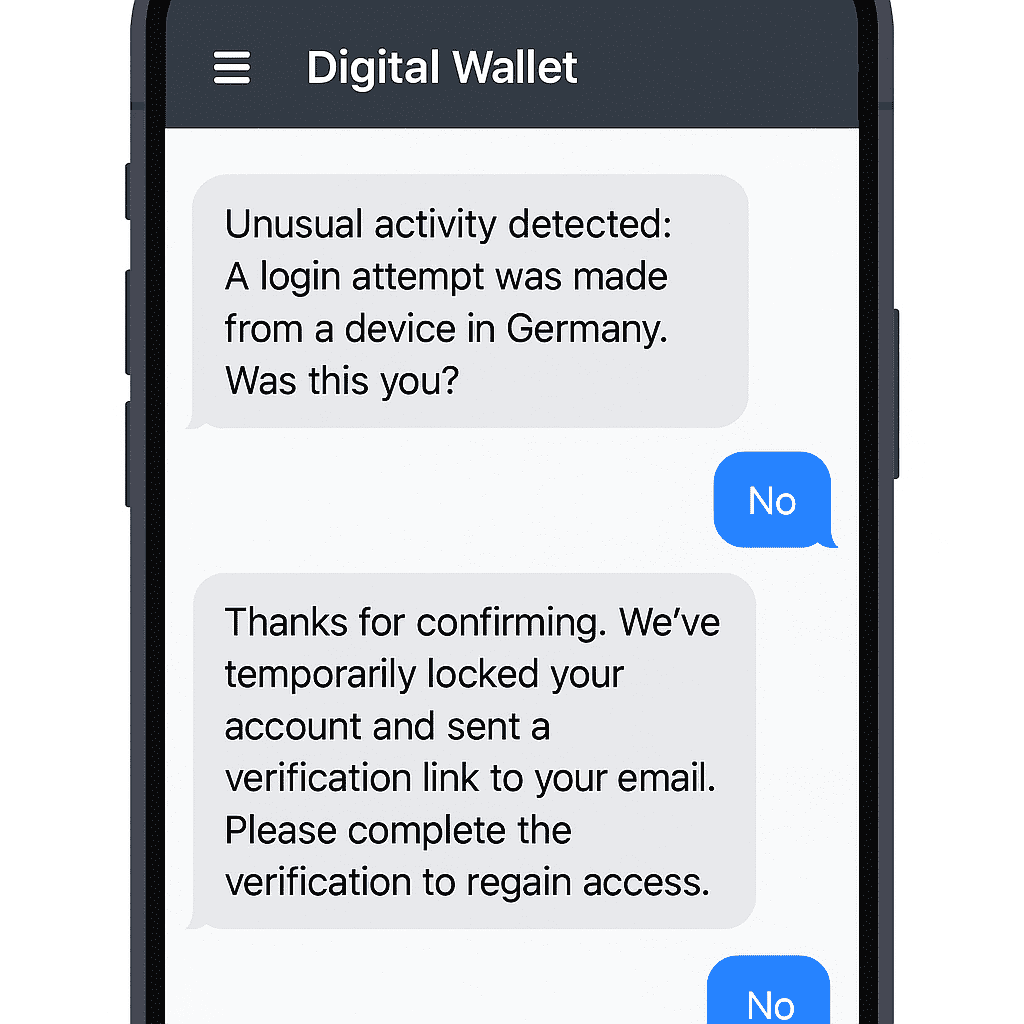
How to Implement Agentic Workflows?
Now that we have looked at examples of agentic workflows, you may be wondering how to implement them. There isn't any rocket science in implementing agentic workflows. All it requires is using the right AI platform and building the agent with a simple click-based interface.
Here are the steps on how to implement agentic workflows:
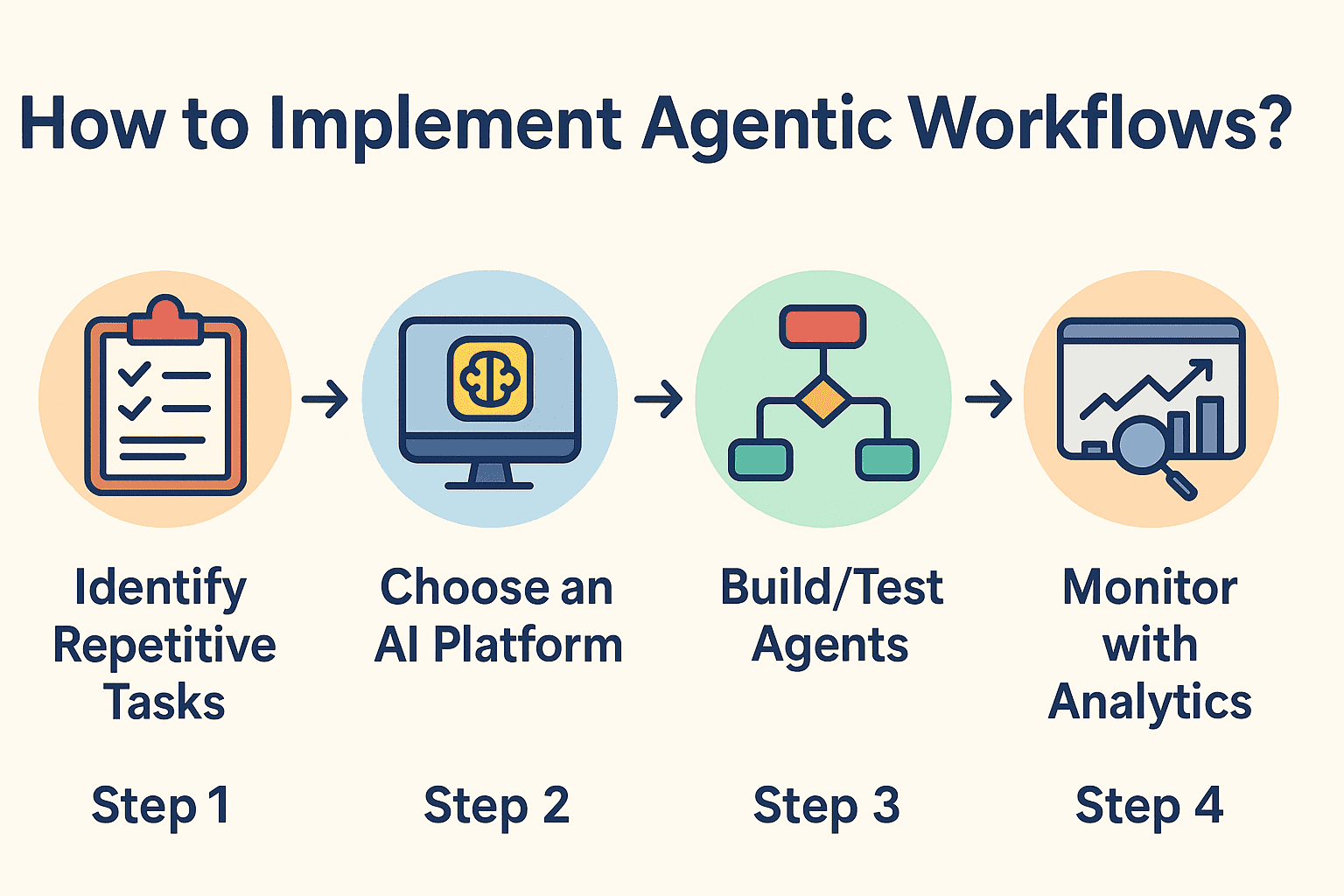
Step 1. Identify Repetitive Tasks
The first step is to audit your processes and identify repetitive tasks for automation. You can audit with tools like Zapier or GPTBots' Process Miner. Prioritize those tasks where agents can benefit from autonomy, such as multi-step approvals, repeated data lookups, handling repetitive queries, customer outreach workflows, and more.
Step 2. Choose an AI Platform
Next, you have to choose the AI agentic workflow automation platform. There are many platforms, so explore their features, try their free trials, and then pick the best one.
Out of many, GPTBots offers an intuitive, no-code agent builder with a drag-and-drop workflow editor. It provides agent templates to speed up the process of creating agents for customer support, marketing, lead qualification, data insights, and more. It can also train the agent with a corporate knowledge base and connect it to your CRM, website, social apps, etc.
Try GPTBots with a free trial and explore its features yourself.
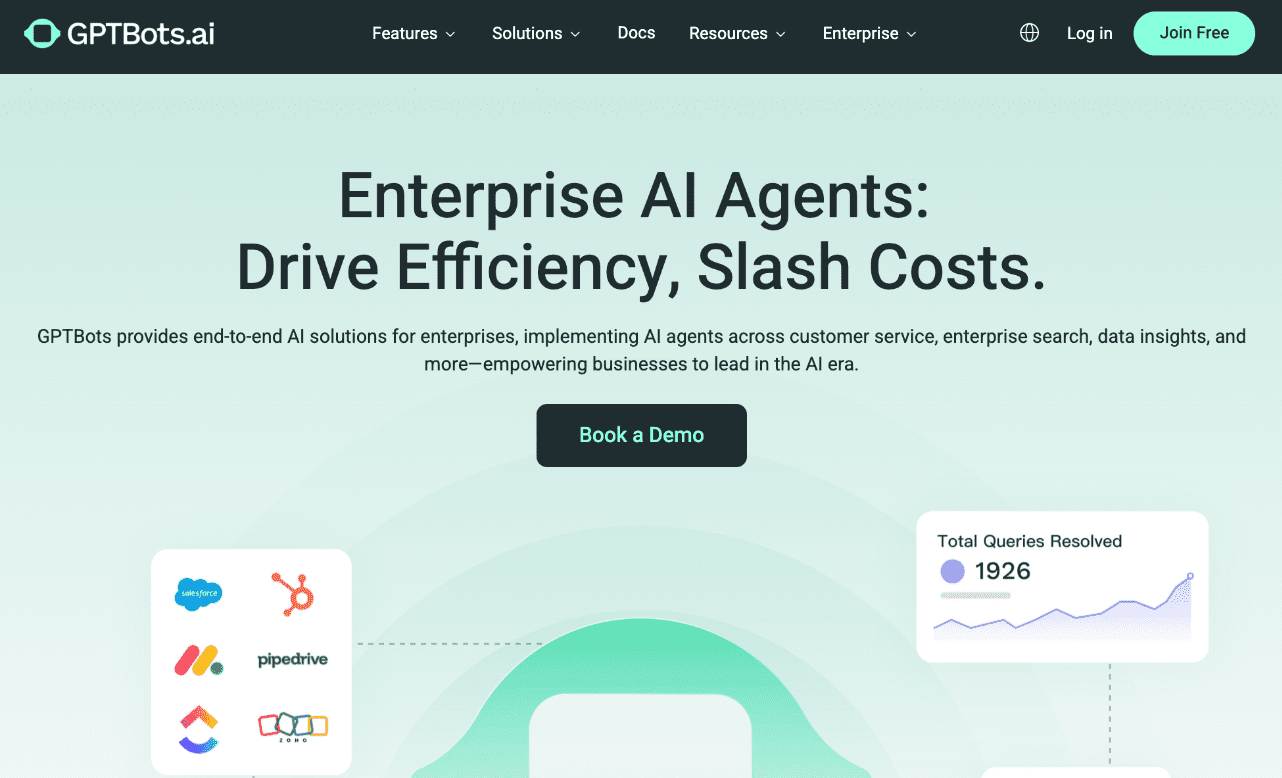
Step 3. Build/Test Agents
Use the platform's workflow editor to create your agent(s). Assemble the steps in a visual flow, define triggers (new support ticket, abandoned cart, etc.), and add actions (DB queries, API calls, chat responses, etc.).
After you have built the agent, test it extensively. Once you are satisfied with its performance, deploy it right away.
Step 4. Monitor with Analytics
Now that your agentic workflow agent is in action, track agent performance. Good platforms, like GPTBots' Agent Performance Dashboard, provide analytics dashboards that show the agent performance.
Based on the insights, optimize the performance. For example, if an agent fails on certain cases, adjust its knowledge base or add fallback rules.
Best Tools to Build Agentic AI Workflow
Just like there are endless agentic AI workflows examples, there are now plenty of agentic AI builders. The comparison table below compares the best tools to build agentic AI workflows:
| Tool | Type | LLM Support | Templates & Agent Library | Integrations | Security & Compliance | Use Case |
|---|---|---|---|---|---|---|
| GPTBots | No-code/ Enterprise | GPT-4o/GPT-5, Claude, Meta, Gemini, DeepSeek, and more | Diverse templates for SaaS, e-commerce, healthcare, etc. | CRM, DBs, social media platforms, etc. | Enterprise controls; SOC2-style posture | Enterprise agentic flows |
| n8n | Workflow automation | Supports AI integrations like OpenAI, others | No-code workflows with custom integrations | APIs, webhooks, cloud services | Open-source, security depends on setup | AI-enhanced workflow automation |
| Lindy | No-code | GPT-4 family | Prebuilt workflows for sales/support | Email, CRM, Calendars | Basic enterprise options | Sales automation, outreach |
| Rasa | NLP & Dialogue | Supports custom language models | Dialogue management templates | APIs, integrations with messaging platforms | Open-source, best practices for security | Conversational AI systems |
| Dify | Workflow builder | Supports LLM integration | Manage autonomous agents, RAG pipelines | Cloud, APIs | Cloud security standards | Agent deployment, RAG pipeline management |
Why Businesses Choose GPTBots for Agentic AI
Enterprises are increasingly adopting GPTBots for agentic workflows. Key reasons include:
Pre-Built Templates
GPTBots offers many pre-built workflow templates for SaaS, e-commerce, healthcare, and more. You can access ready-made agents for lead generation, customer support, appointment scheduling, data analysis, and more.
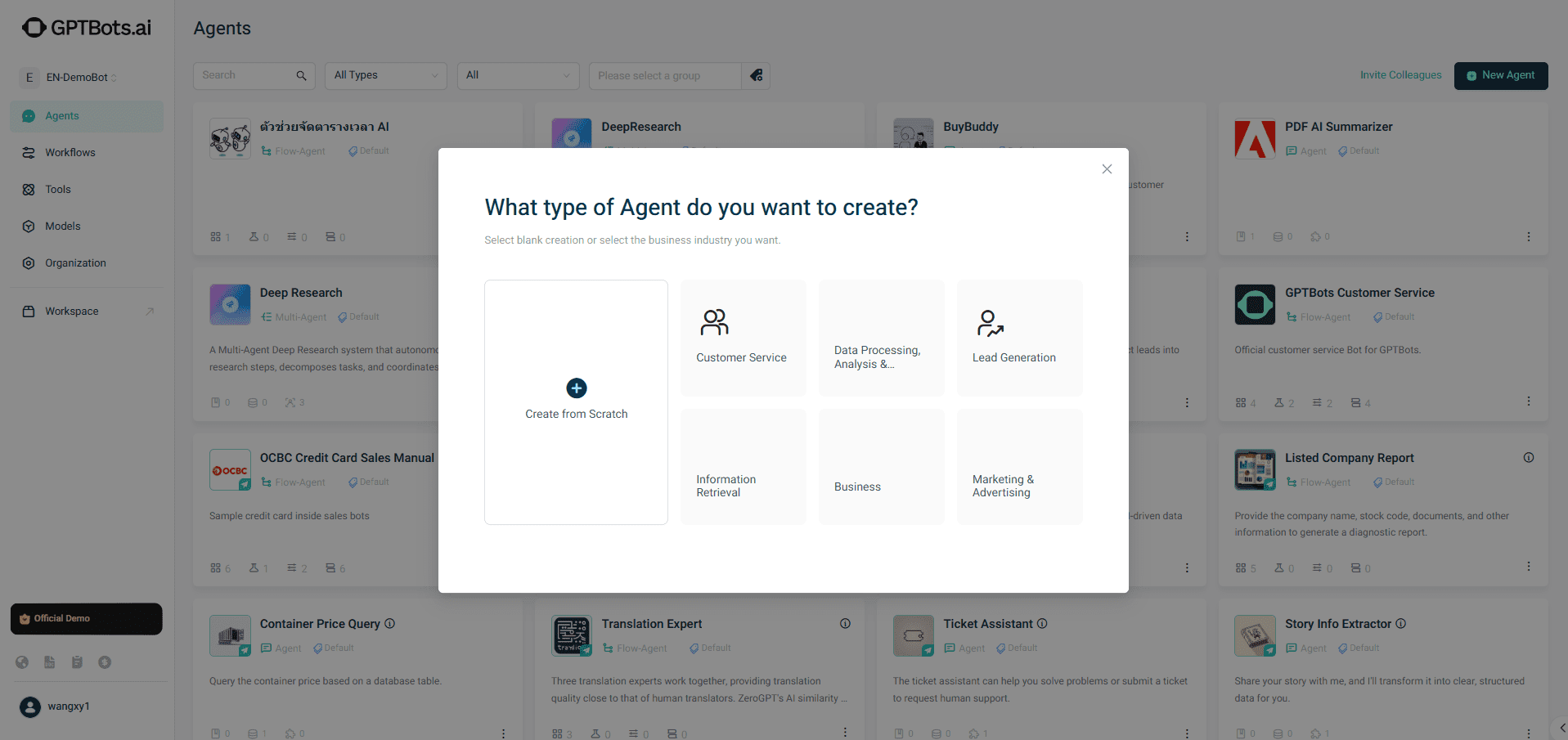
All you need to do is open the template, adjust the flow according to your business needs, and train the agent with your internal corporate data with a simple document upload process. So, don't start from scratch. Save time and build agentic workflows in minutes instead of hours.
Enterprise-Grade Security
Data privacy is critical. GPTBots is SOC 2 Type II, ISO 27001, and ISO 27701 compliant. This means all agentic workflows meet strict security and privacy standards. Large organizations trust GPTBots to handle sensitive data in agents without risk.
Advanced AI Models
GPTBots is your modern agentic AI platform, as it supports almost all the latest LLMs. You can use the trendy GPT-4o or GPT-5 AI models or other LLMs, such as Claude, Gemini, DeepSeek, Meta, and many more. All these models empower the agents to have human-like reasoning for smart automated operations.
The best part is that businesses can choose the model that best fits their needs. Simply put, a single agent can use multiple LLMs for different operations. For example, you can use GPT-4o for high-quality responses and use Claude or Gemini for long-context analysis.
Ready to automate your processes with agentic AI? Book a Demo of GPTBots today, experience agentic workflows examples, and see how these can increase efficiency and scale your business.
Conclusion
Agentic workflows automate multi-step tasks via collaborating AI agents. They take over complex sequences of tasks with reasoning, memory, and tools. The above AI agentic workflows examples are proof of how these customized agents can handle real-world use cases and unlock higher productivity.
The future of automation is agentic. Therefore, it's time to try GPTBots' Free Workflow Builder today. Download our library of 10 ready-to-use agentic workflow templates and start automating in minutes.
Get a Custom Demo





